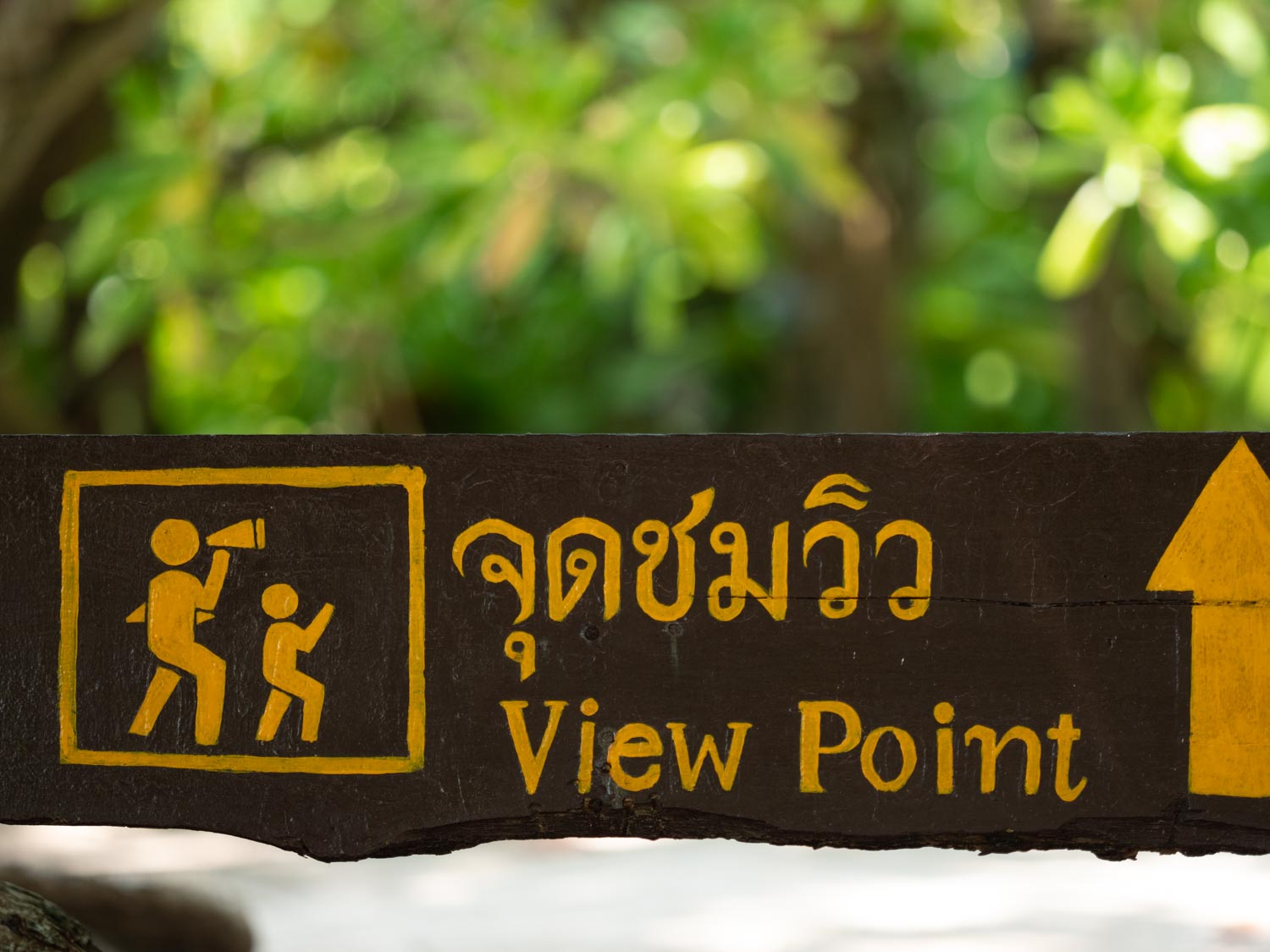Mastering photography. I always have my camera by my side to capture the beauty of Thailand.



Art
Photography is an art form that allows us to capture and freeze moments in time. Whether you’re a beginner or an experienced photographer looking to hone your skills, mastering photography requires a blend of technical knowledge, creative vision, and continuous practice. Here’s a guide to help you on your journey to becoming a master photographer.
Gear
Understand your gear. To master photography, it’s crucial to have a solid understanding of your camera and equipment. Learn the functions and settings of your camera, including aperture, shutter speed, ISO, and white balance. Experiment with different lenses and accessories to see how they affect your photos.
Exposure
Master the exposure triangle. The exposure triangle consists of three elements: aperture, shutter speed, and ISO. These three settings work together to control the exposure of your photograph.
Aperture: Controls the depth of field. A wide aperture (low f-number) creates a shallow depth of field, while a narrow aperture (high f-number) increases the depth of field.
Shutter speed: Determines how long the camera’s sensor is exposed to light. A fast shutter speed freezes motion, while a slow shutter speed captures movement.
ISO: Measures the sensitivity of the camera’s sensor to light. A low ISO produces a clearer image with less noise, while a high ISO is useful in low-light conditions but may introduce noise.
Composition
Composition techniques. Composition is the arrangement of elements within a photograph. Good composition draws the viewer’s eye to the main subject and creates a balanced, aesthetically pleasing image.
Rule of thirds
Imagine a grid over your image divided into nine equal parts. Place your subject along these lines or at their intersections to create a more dynamic composition.
Leading lines
Use natural lines in the scene, such as roads, rivers, or architectural elements, to guide the viewer’s eye to the main subject.
Framing
Use elements within the scene to frame your subject, creating a sense of depth and focus.
Symmetry and patterns
Symmetrical compositions and patterns can create visually striking images.
Detail
Develop your eye for detail. Pay attention to the details that make a photograph unique. Look for interesting textures, patterns, and colors. Notice how light and shadows play across the scene. The more you train your eye to see these details, the more your photography will stand out.
Lighting
Experiment with lighting. Lighting is one of the most crucial elements of photography. Natural light, artificial light, and even low light conditions can dramatically affect the mood and quality of your photos.
Golden hour: Shoot during the golden hour (shortly after sunrise and before sunset) for soft, warm lighting.
Backlighting: Position the light source behind your subject to create silhouettes or a glow around the subject.
Artificial lighting: Experiment with studio lights, flashes, and reflectors to control and manipulate lighting.
Post
Post-processing. Editing is an essential part of the photographic process. Post-processing allows you to enhance and fine-tune your images.
Software: Familiarize yourself with editing software like Adobe Lightroom or Photoshop. These tools offer powerful features to adjust exposure, color, contrast, and more.
Presets and Filters: Use presets and filters as starting points, but always customize them to suit your vision and style.
Retouching: Remove distractions and imperfections while maintaining the natural look of your subject.
Practice
Continuous learning and practice. Photography is an ever-evolving field, and there’s always something new to learn. Follow photography blogs, watch tutorials, and take workshops to stay updated with the latest techniques and trends. Most importantly, practice regularly. The more you shoot, the more you’ll develop your skills and style.
Mastering photography is a journey that combines technical proficiency with creative expression. By understanding your gear, mastering the exposure triangle, honing your composition skills, and experimenting with lighting, you can create captivating and memorable images. Remember, the key to success is continuous learning and practice. So grab your camera, explore the world, and let your creativity shine through your lens.








